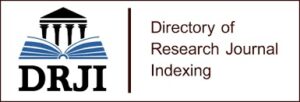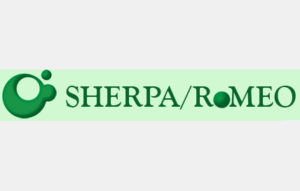Manipulation of the Multiplex Mental Imageries Framed in Lord of the Flies by Golding
Abstract
The small-scale study investigates the multiplex imageries mimicked in Lord of the Flies by Golding. In general, it attempts to develop a good understanding of the mental imageries the Novelist Golding selects in ‘Lord of the Flies’. In particular, it aims to describe the various mental imageries used, interpret their denotations, and finally explain the forces lying behind their choice. The study benefits from both corpus linguistics and discourse analysis for both data collection and analysis. It fits into the critical studies which builds on van Dijk’s (1998) three-D model of analysis at the syntactic, semantic, and schematic level of discourse. It has been found that four modes of imageries are exploited as motifs in the novel to help develop certain themes. They exclusively include visual, auditory, tactile, and olfactory imageries. Though very frequent, the visual imageries are used to convey motifs of maturation and peacefulness of mind, surviving, limitations of human capacity, lack of knowledge, eagerness to move or travel, and understanding the surroundings. The auditory imageries are also frequent; however, they are utilized to satisfy motifs of World War II and fighting between nations, total curiosity and eagerness to socialize within human communities, panic, fear, and anger, limitations of human capacity, and surviving. Both the tactile and olfactory are very rare. The tactile imagery is used to help develop the need for knowledge, leadership and peace whereas the olfactory one is selected to present war and fighting within modern communities. It has been concluded that the mental imageries are exploited well as motifs that can present the development of both human civilization and self-concept throughout history up to present times.
Keywords: Neurolinguistics, Mental Imageries, English Novel, Critical Discourse Analysis.




















